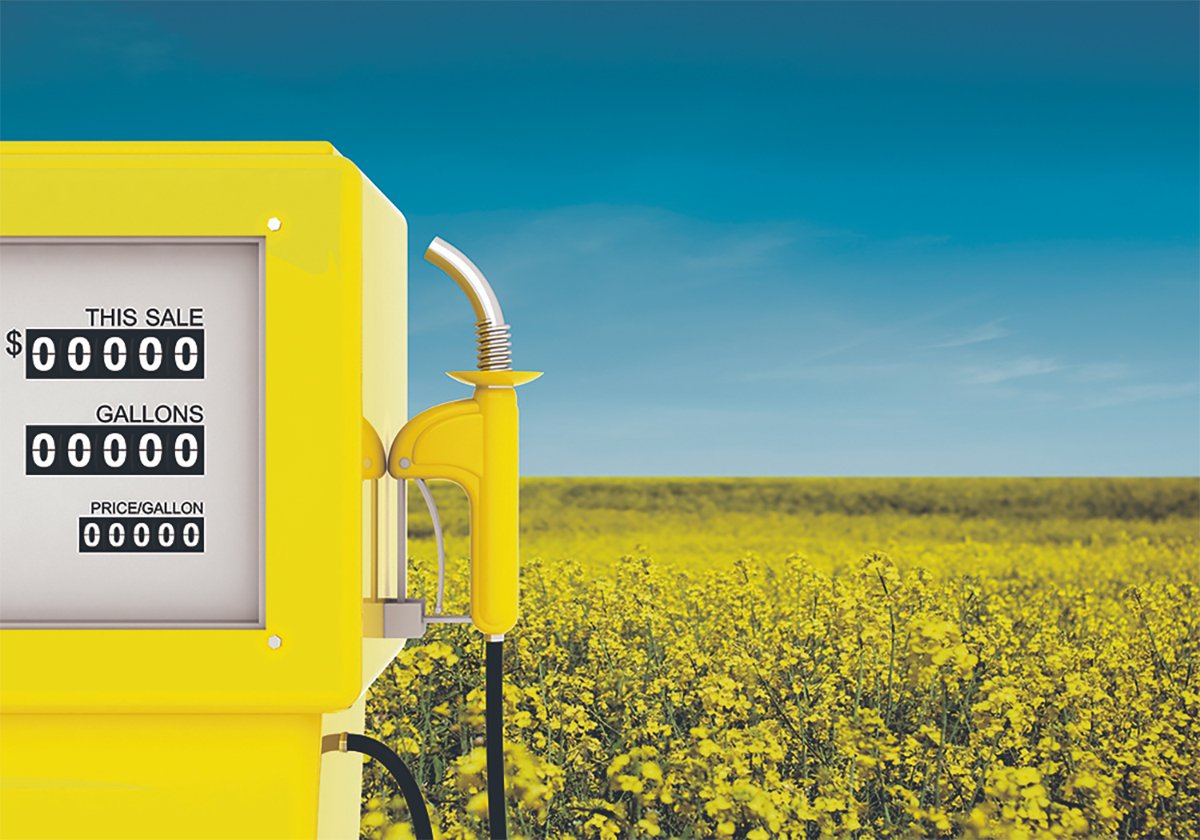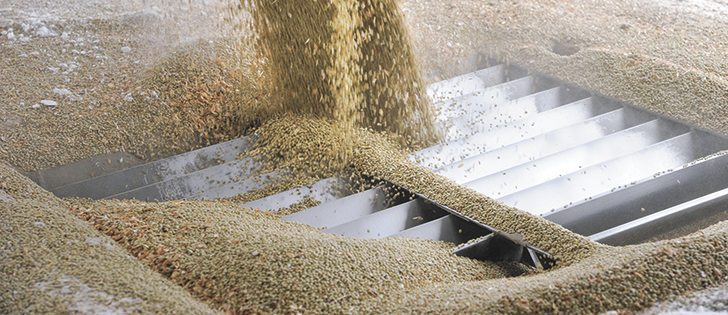Robust demand from India and reduced African crops should offset rising production in Canada, the U.S. and Australia
Stat Publishing is forecasting record world pea and lentil production in 2016-17, but strong demand should keep end of year carryout manageable.
Global pea production is expected to be 12.4 million tonnes, up 19 percent from 2015-16. Lentil production is set to rocket to 6.3 million tonnes, a 28 percent increase.
Stat is forecasting bigger lentil crops in Canada, the United States, Australia and Turkey. It didn’t have a breakdown of pea production by country.
Stat editor Brian Clancey said robust demand from India, which has experienced two straight years of disappointing kharif and rabi crop harvests, will prevent the increased world supply of pea and lentils from weighing down prices.
Read Also

Biofuel sector happy with federal budget
Advanced Biofuels Canada says new Biofuel Production Incentive is a lifeline until CFR amendments are in place.
“In my mind, you’ve got a situation where probably there’s a lot of things that you can look at that will help support prices through the end of the calendar year,” he said.
India is expected to import 5.6 million tonnes of pulses in 2015-16, up from 4.6 million tonnes the previous year and 3.6 million tonnes two years ago.
G. Chandrashekhar, a policy analyst and commodity commentator, pointed out in the latest issue of Saskatchewan Pulse Growers’ Pulse Market Report that there was unmet demand in India even with soaring imports.
“It is important to note that despite a production decline of two million tonnes in each of the last two years, India’s imports increased by only one million tonnes,” he said.
Weather forecasters are calling for normal total monsoon rainfall for the coming summer or kharif crop, but they expect it will start dry and finish wet.
And that does not guarantee a good crop.
“The summer crop could still be down. It could be down a lot,” said Clancey.
He sees continued good pea and lentil movement out of Canada through the fall shipping period.
Clancey believes new crop pea and lentil prices will set their highs before the end of the calendar year and then drop in 2017.
One of the reasons he thinks that will happen is that Canadian farmers have just gone through two crop years where the opposite occurred.
He believes farmers are going to hold off on selling their pulses until 2017, believing that prices will peak in the new year.
That would result in more competitive bids in the fall and winter of 2016 and slumping prices in 2017.
Production shortfalls in some African countries are also contributing to Clancey’s bullish sentiment for the remainder of 2016 because it will limit their pulse exports and increase their imports.
“It’s not that they produce peas and lentils, but as you reduce the supply of various types of beans or chickpeas or different items, you create the opportunity for a certain amount of substitution,” he said.
With continued strong demand out of India and less export competition out of Africa, Clancey forecasts that world carryout of peas and lentils will not be a burden even with record production of the crops. He anticipates 840,000 tonnes of global pea carryout, which would be 35 percent more than this year. However, the stocks-to-use ratio would be a manageable 6.9 percent, or 25 days of supply.
Lentil carryout is expected to be 628,000 tonnes, resulting in a 10.7 percent stocks-to-use ratio, or 39 days of supply.
“If you’re under 10 percent, it’s considered sold out,” said Clancey.
















